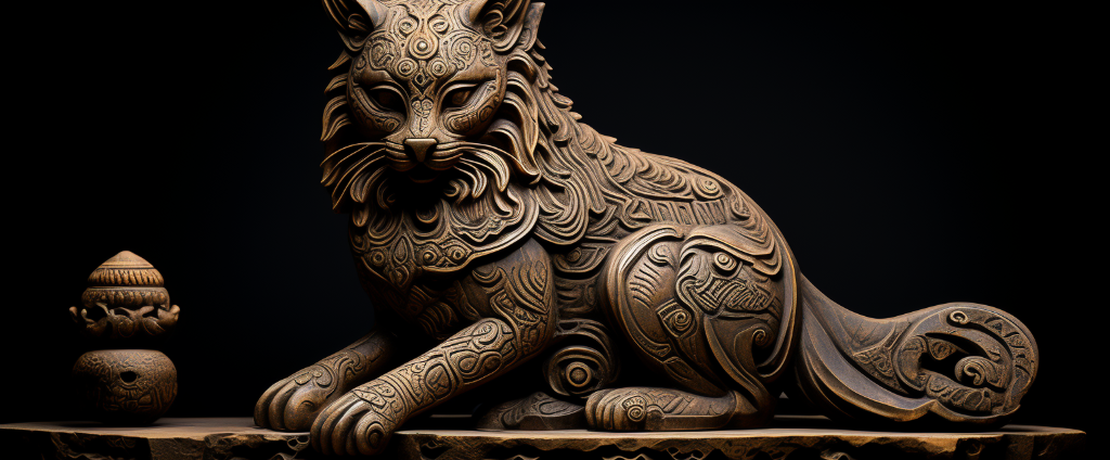The Golden Age of Indian Art: Unveiling the Secrets of Vijayanagara Empire's Sculptural Masterpieces
- OLT-1
- Art and culture
- January 5, 2025

The Vijayanagara Empire: A Golden Age of Art and Culture
As I delve into the history books, one era that always leaves me in awe is the Vijayanagara Empire. Spanning from 1336 to 1646 CE, this period was a golden age for Indian art, culture, and architecture. The sculptures from this era are not just mere decorations; they’re a reflection of spiritual devotion, societal values, and craftsmanship.
The empire’s capital city, Hampi, is a treasure trove of architectural wonders. The Vitthala Temple Complex, with its intricate carvings and ornate details, is a testament to the skillful hands that crafted these masterpieces. Every stone carving tells a story – stories of mythological creatures, gods, and goddesses.
But what’s truly remarkable about this era is how art and culture were intertwined with spirituality. The sculptures depict scenes from Hindu mythology, showcasing the empire’s deep connection with its religious heritage. This fusion of art, culture, and faith created a unique aesthetic that continues to inspire artists and architects today.
Fast forward to modern times, and we find ourselves in Hangzhou, China, where an innovative tunnel is redefining the concept of art and culture. The 3D optical illusions designed into this tunnel create a surreal experience for visitors, playing with their perceptions and challenging their understanding of reality.
As I reflect on these two vastly different eras – one from ancient India, another from modern-day China – I’m struck by the common thread that runs through them: the power of art to transcend time and space. Whether it’s the intricate carvings of Hampi or the mind-bending illusions of Hangzhou, art has a way of captivating us, transporting us to new worlds, and revealing hidden truths.
In an era where technology is rapidly changing our world, I believe we can learn from these ancient civilizations – not just their artistic techniques but also their values. The Vijayanagara Empire’s emphasis on spirituality, societal harmony, and craftsmanship serves as a reminder that art and culture are essential components of human civilization.
As we navigate the complexities of modern life, let us draw inspiration from the past and forge new paths forward. For in the words of the great Indian poet, Rabindranath Tagore: “The highest education is that which does not merely give us information but makes our task more successful.”


